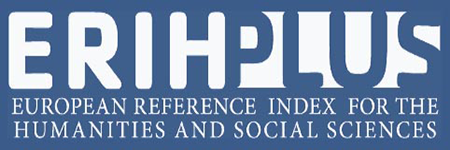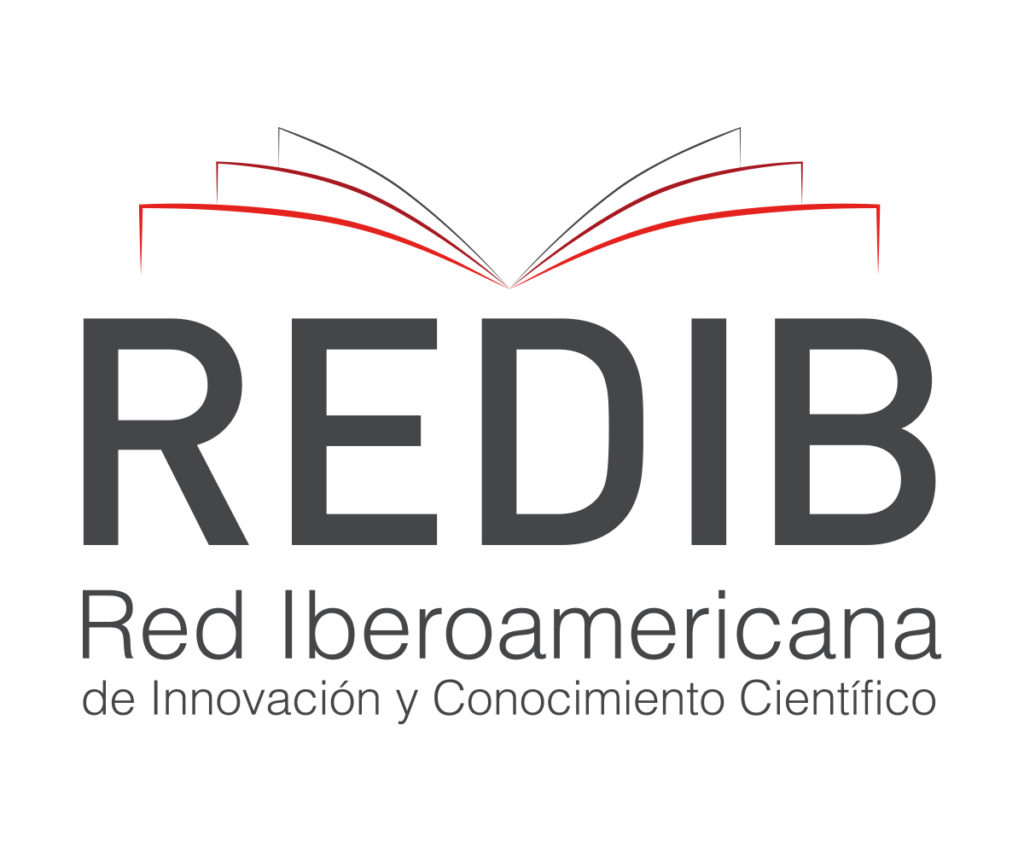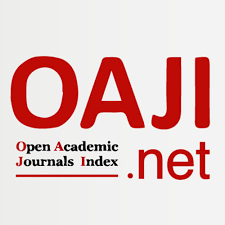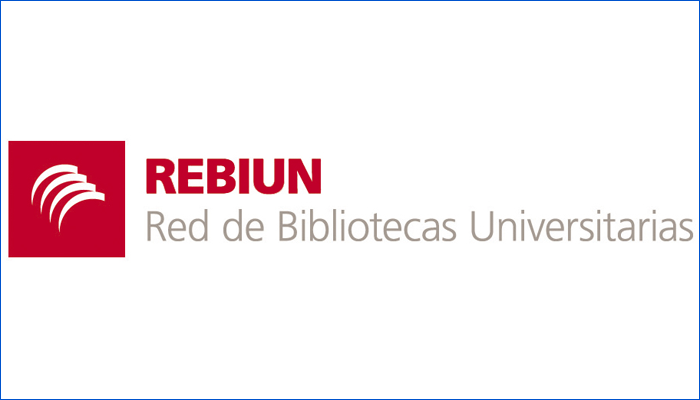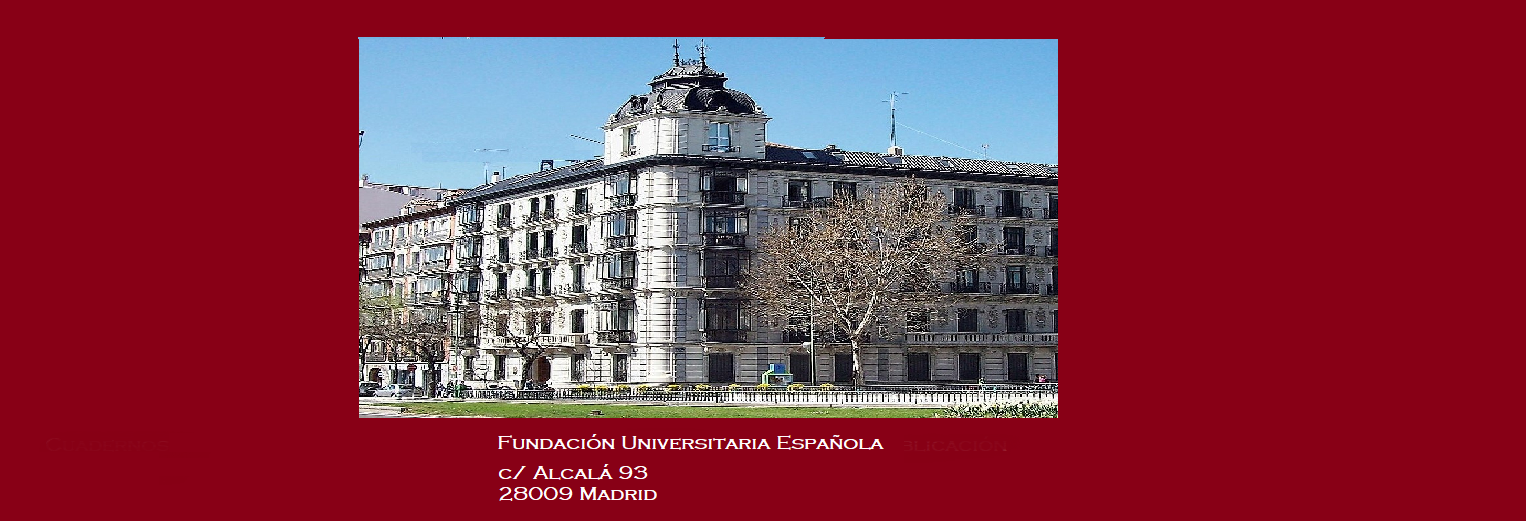Los espíritus ya no se levantaban de tumbas: alteraciones narrativas del arquetipo del fantasma en literatura y cine
Abstract
El siguiente artículo analiza los cambios, subversiones y modificaciones sufridas por el arquetipo clásico del fantasma y las historias sobre fantasmas. Para ello comprobamos el estado actual y sus mutaciones, comprobando la alta fragmentación de personajes fantasmales, con las respectivas consecuencias en los relatos. Analizamos las causas de este fenómeno intentando aportar ciertas constantes, tanto para la literatura como para las películas involucradas. Así mismo en la segunda parte ahondamos en las raíces de las historias sobre fantasmas y en la imaginería de los muertos sin reposo. Describimos como la literatura, en especial la novela gótica y la producción decimonónica, sentó las bases del fantasma y relatos modernos. Finalmente damos respuesta al proceso catártico sobre este arquetipo tan antiguo, cuando, cómo y por qué sucedió este cambio. El monstruo se humaniza hasta perder sus rasgos. El miedo da paso a la incertidumbre, de no conocer su propia naturaleza fantasmal. En la tercera parte además intentamos aportar luz sobre la construcción narrativa de historias de fantasmas y personajes en la actualidad. A través del estudio de ejemplos literarios y cinematográficos hallamos ciertos patrones que señalan las alteraciones que buscábamos, concluyendo que los fantasmas representados, distan mucho de los que solían mostrarse antaño.
Downloads
Global Statistics ℹ️
|
631
Views
|
665
Downloads
|
|
1296
Total
|
|
References
Cavallaro , Dani, The Gothic Vision: Three Centuries of Horror, Terror and Fear. Continuum, London, 2002.
Child, Brian, “Daniel Radcliffe’s The Woman in Black sets British horror record.”, The Guardian, London, Wednesday 29 February 2012, Retrieved 6 March 2012, http://www.guardian.co.uk/film/2012/feb/29/daniel-radcliffe-woman-
black-horror-record
Dillon, Steven., The Solaris Effect. Art & Artifice in Contemporary American Film. University of Texas Press, Austin, 2006.
Dixon, R.W.W., Stanley Kubrick’s The Shining (1980), University of Nebraska-Lincoln, Retrieved 6 March 2012, http://blog.unl.edu/dixon/2011/10/09/stanley-kubricks-the-shining-1980/
Leutrat , Jean-Louis., Vida de Fantasmas. Lo Fantástico en el Cine. Contraluz, Valencia, 1995.
LovecrafT, Howard Phillips, Supernatural Horror in Literature & Other Essays, Wildside Press, United States, 2008.
LovecrafT, Howard Phillips, (1937) “Notes On Writing Weird Fiction.”, Malacandra, nº 14, 2006.
Nikolajeva , Maria, The Magic Code. The use of magical patterns in fantasy for children. A.W. International, Stockholm, 1988.
Nikolajeva , Maria,”Fairy Tale and Fantasy: From Archaic to Postmodern”. Marvels & Tales: Journal of Fairy-Tale Studies, nº 17, 2003, pp. 138–156.
Parsons, Zack, “Wrestling the twister: an interview with M. Night Shyamalan”, Monday, Something Awful, September 18, 2006, Retrieved 6 March 2012, http://www.somethingawful.com/d/news/wrestling-twister-an.php
Pintor Iranzo, Ivan, “The Naked and the Dead: The representation of the dead and the construction of the other in contemporary cinema: The Case of M. Night Shyamalan.”, Formats Revista de Comunicación Audiovisual, nº 4, Barcelona, 2005.
Penzoldt, Peter, The Supernatural in Fiction. P. Nevill, London, 1952.
Sanchez-Escalonilla, Antonio, “The Hero as a Visitor in Hell: The Descent into Death in Film Structure”, Journal of Popular Film & Television, winter, Vol. 32, nº 4, 2005, pp. 149-156.
Telotte, Jean Paul, Dreams of Darkness: Fantasy and the Films of Val Lewton. University of Illinois Press, Chicago, 1985.
Tobias, Ronald, 20 Master Plots: And How to Build Them, Writer`s Digest Books, Cincinnati, 1993.
Tolkien, John Ronald Reuel, Los monstruos y los críticos y otros ensayos. Minotauro, Barcelona, 1998.
Truffaut , François, Hitchcock: (Revised Edition), Helen G. Scott, Simon & Schuster, 1985.
Weaver , James, Tamborini, Ron, Horror Films. Current Research on Audience Preferences And Reactions. LEA`S Communication Series, New Jersey, 1996.
Downloads
Published
How to Cite
Issue
Section
License
The Fundación Universitaria publishing house preserves the copyright of the published works, and favours and allows their reuse, preferably allowing access to the text through DOI, provided that the autorship and the original source are cited and that it is not used for commercial purposes. The signing authors partially transfer the property rights of this work to Fundación Universitaria Española (NIF: G28433670) for the printed and online editions.








